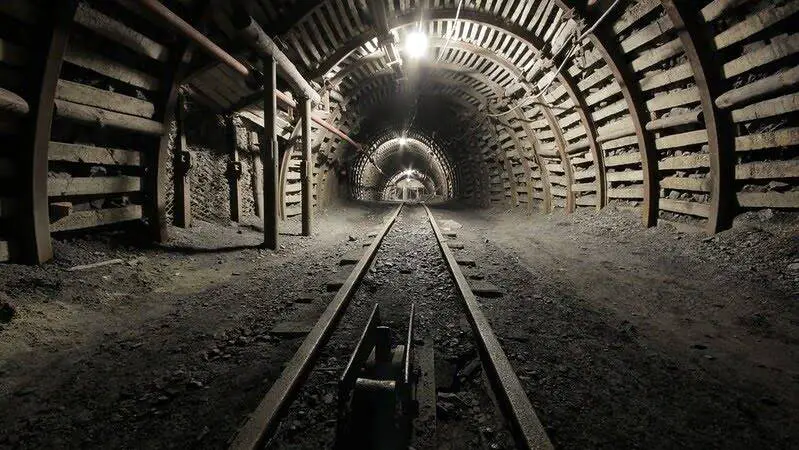If you’ve been paying attention to the climate’s current condition, you might think that the predominant resource on which the globe depends, coal, will be completely phased out in the near future. In reality, coal still powers 37% of global electricity, and figures from the International Energy Agency predict that coal will still generate 22% of the world’s electricity in 2040.
Conversely, renewable energy like solar and wind only contributes to two to three percent of today’s energy capacity. This reality check hits us with the question: how does solar power fare against coal, and which of the two proves to be a better option?
Coal Power’s Advantages and Disadvantages

Coal energy undeniably holds the important benefit of having a huge global reserve. The US has the largest coal reserves, followed by Russia, Australia, China, and India. There are 1.16 trillion short tons of proven coal reserves in the world, which can easily take us through another 150 to 170 years if the current consumption rate remains relatively unchanged.
Global coal prices have historically averaged $0.06 cents per kWh— and until the past decade, no alternative resource came close to rivaling its low price. Despite this, there have been coal shortages and price hikes in recent years. India Today attributes this to several factors, such as unseasonal rains in Indonesia, COVID-induced production cuts in Australia, and rising power demands in China. Coal prices have soared to $300 a ton as Asia scrambles to find resources for winter.
India, in particular, sources 43% of its imported coal from Indonesia and 26% from Australia. One could also say that the factors are also largely affected by the adverse effects on the environment that comes with coal production. According to the WWF, coal mining requires the removal of massive amounts of topsoil, which leads to erosion, loss of habitat, and pollution.
Upon burning, coal produces dangerous greenhouse gases that contribute to the environmental crisis, in which climate conditions of areas across the globe abnormally increase or decrease in temperature. This also drives up the need for coal for heating and cooling energy, resulting in a detrimental loop for the environment.
Editor’s Choice:
Solar Power’s Advantages and Disadvantages

One of the main benefits of solar energy is its reduced environmental impact, as the technology doesn’t require fuel combustion. It’s also highly sustainable, as the sun is likely to be around for at least a few billion years. Moreover, it allows every country to be a potential energy producer, allowing them to enjoy energy independence, efficiency, and security.
Hoymiles notes solar power’s efficiency is attributed to it being a mature technology, as most solar panels, microinverters, and other components are backed by long-lasting warranties. So despite an expensive initial investment, solar panels will keep delivering value to users year after year.
It’s not all sunshine, however. Investopedia lists solar energy’s disadvantages: intermittence, land use, and scarcity of materials. First, energy can only be generated during sunny days, which means nighttime and overcast days can interrupt the supply. Solar systems can also take up a significant portion of land, which could cause land degradation or loss of wildlife habitat.
Lastly, certain solar technologies require rare materials in their production, which can drive up installation costs. However, recycling PV hardware and advances in technology could help boost supply, and increase solar cell efficiency and power storage in the future.
Conclusion: Which is Better Overall?
While both coal and solar power have their pros and cons, developments in solar energy have made it an increasingly cost-competitive alternative to coal and other fossil fuels in general. Power generated from solar PV in 2020 was estimated to have increased by a record 156 TWh, marking a 23% growth from 2019, despite pandemic restrictions.
This is why more and more private, public, and business establishments have been making the switch. And, if we’re looking at things from a sustainability standpoint, solar energy production is leagues ahead of the standard coal energy practices. Overall, pushing for further research and development in solar energy technology will prove to be the smarter investment for our future.
That’s it for this post. If you like this article, share it if you like, like it if you share it. You can also find us on Mix, Twitter, Pinterest, and Facebook. Hey man, If you have come this far, do give us feedback in the comment section. It would make my day. You can also make a donation. Your donations will help us to run our website and serve you BETTER. Cheers!!!
